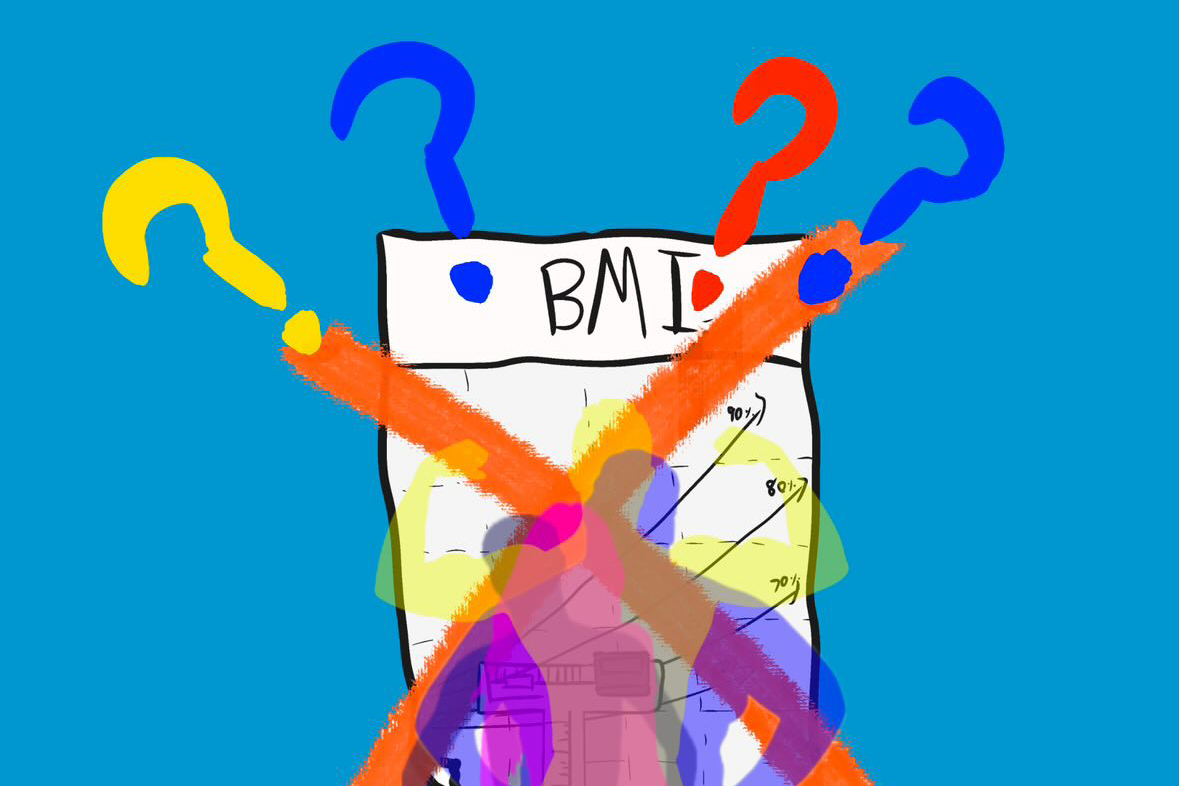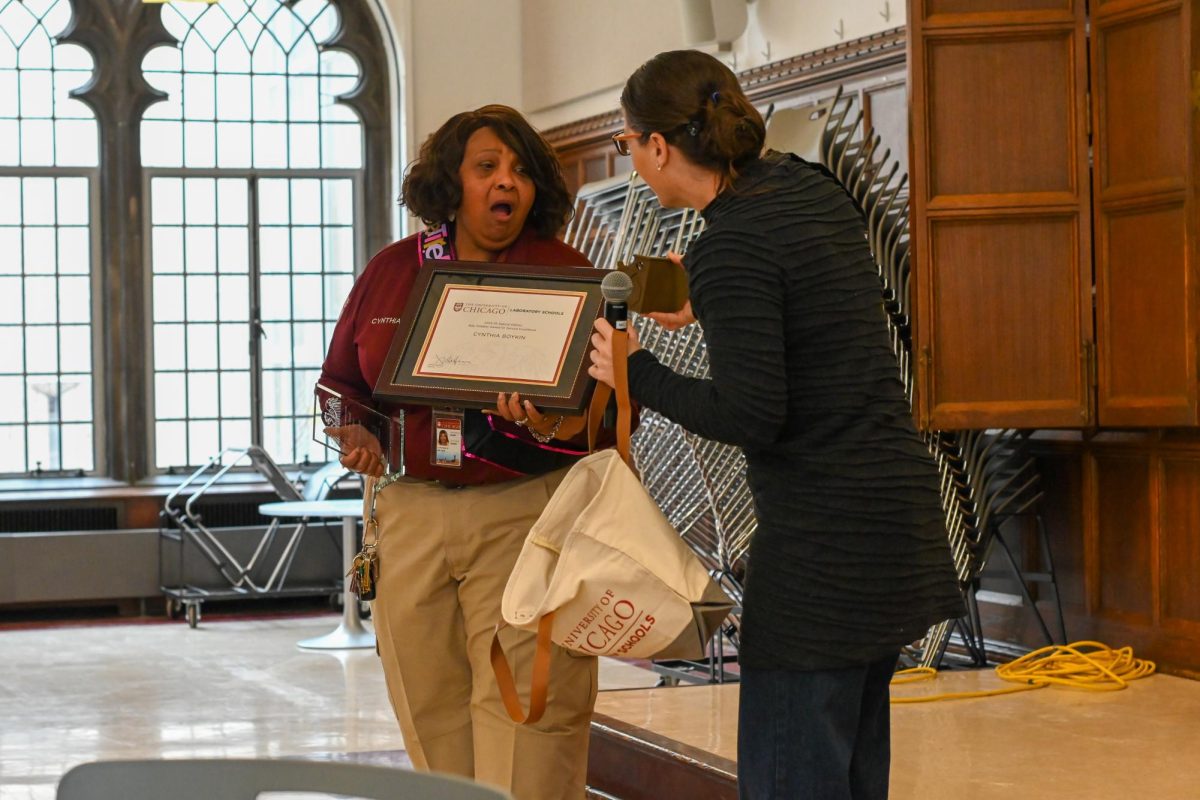
Soon, you might want to watch where you step because the cicadas are coming! Starting mid-May and ending as late as July, the winged insects will be everywhere — and they’ll make their presence known. From the Chicago sidewalks to parks to forest preserves, you will soon hear a familiar chorus of high-pitched chirping and buzzing. You’ll probably see their light-brown, translucent-looking exoskeletons, and you might even collide with the creatures themselves.
But this year won’t be ordinary. For the first time since 1803, Brood XIX, The Great Southern Brood, which emerges every 13 years, will simultaneously emerge with Brood XIII, The Northern Illinois Brood, which emerges every 17 years. Together, the two broods represent all seven periodical cicada species. While 17- and 13-year broods occasionally co-emerge, this particular emergence is rare because Brood XIX and XIII are emerging adjacently with a narrow overlap in central Illinois, resulting in an unusually expansive emergence of cicadas.
It will be an exciting time for scientists like U-High biology teacher Daniel Calleri and Catherine Dana, an entomologist at the University of Illinois Urbana-Champaign, who are interested in finding out if the broods will interbreed. In interviews with the Midway, the scientists explained more about the emergence and what to expect.
Dr. Calleri’s and Dr. Dana’s responses were lightly edited for length, clarity and style.
What is special about this emergence?
Dr. Dana: For Illinois, this is very special. We have five different broods in Illinois, but these broods have the largest geographical extent. It will be from the north end to the southern end of Illinois, so it will be covered in cicadas. There are some regions where we won’t see them because those places are where other broods emerge. The Illinois brood is special because it is one of the densest broods, so we will see populations of 1.5 million cicadas per acre. The Greatest Southern Brood has the largest geographical area distribution. I like to think of it as a shared experience because so many people will see the brood. But there will certainly be gaps, areas where there are other broods or lots of development.
What should people expect?
Dr. Calleri: It will be very very loud. They will be large in quantity. If you are near an area where they are emerging, they will be everywhere. You will see them. It will be striking. Most people don’t see insects. Maybe a fly goes by or a wasp seemingly threatens you. These things will be everywhere.
What are scientists going to be doing during the emergence?
Dr. Dana: The broods are emerging right next to each other, which is interesting because we know they can interbreed, so there are some interesting questions we can ask as scientists. It might take a long time to find answers because we won’t see the results of this interbreeding for another 13 or 17 years. One thing I will be doing this summer is finding a mating pair and taking a leg clipping. Then, I will be able to tell if they are from different species. We know they can interbreed, but the amount at which they will interbreed is something I’m very interested in. It’s going to be hard to document because it will mean a lot of samples and a lot of luck.
I know other scientists will be trying to map the edges of the emergence. I’m also looking into a cool fungus called massospora, which can entirely fill the cicadas’ abdominal cavity. So they get filled with spores but can still fly around. Scientists call them flying salt shakers of death because they fly around spreading the spores. We are looking into how this fungus impacts their behavior, specifically their mating interactions. We’ll be taking soil samples to see if there are any bacterias interacting with the fungus and how cicadas can avoid it because it can cause a pretty substantial amount of death.
Which places will the emergence be most impressive?
Dr. Calleri: It should be very loud. If you live in an area that has relatively undisturbed habitat like a neighborhood like Hyde Park or neighborhoods on the west side that haven’t had lots of construction, you’ll most likely see a lot of cicadas. If you live downtown where there’s no trees and places where the dirt has been manipulated in the last few years, you will probably see a lot less. The places to see them will be north of the city like Lake County. Any of the public parks or forest preserves will be the prime places to see them.
Will people be able to distinguish between the two broods?
Dr. Dana: It’s going to be almost impossible to tell the cicadas apart on the ground because they will look so similar. There will be some areas where the two broods meet, but we won’t be able to tell them apart unless we do genetic analysis. In theory, there shouldn’t be any overlap underground. It is outside of the ground where they can fly and where the adults can meet.




















































